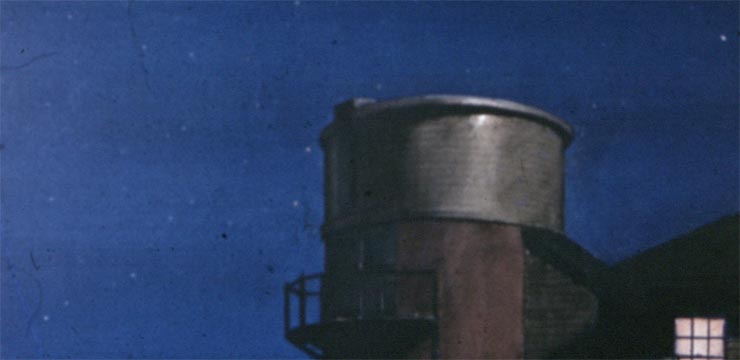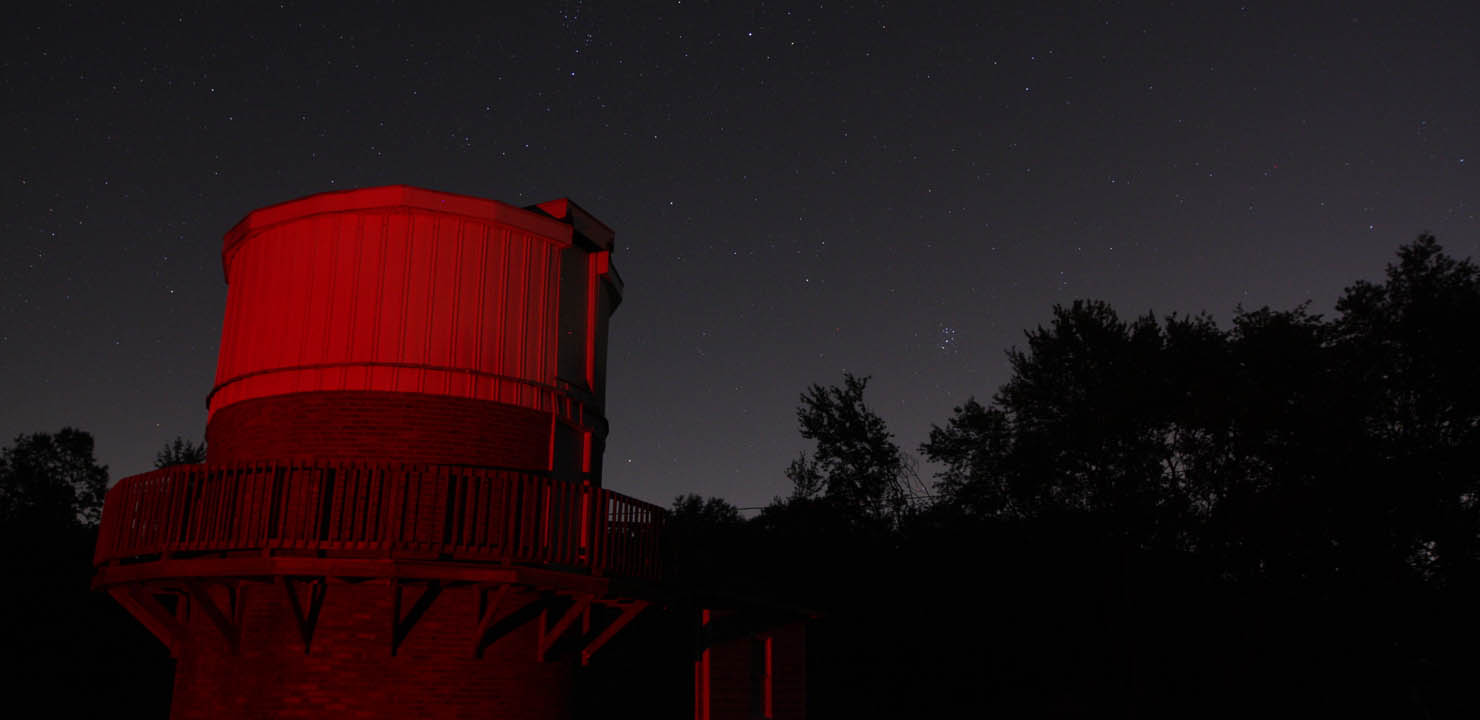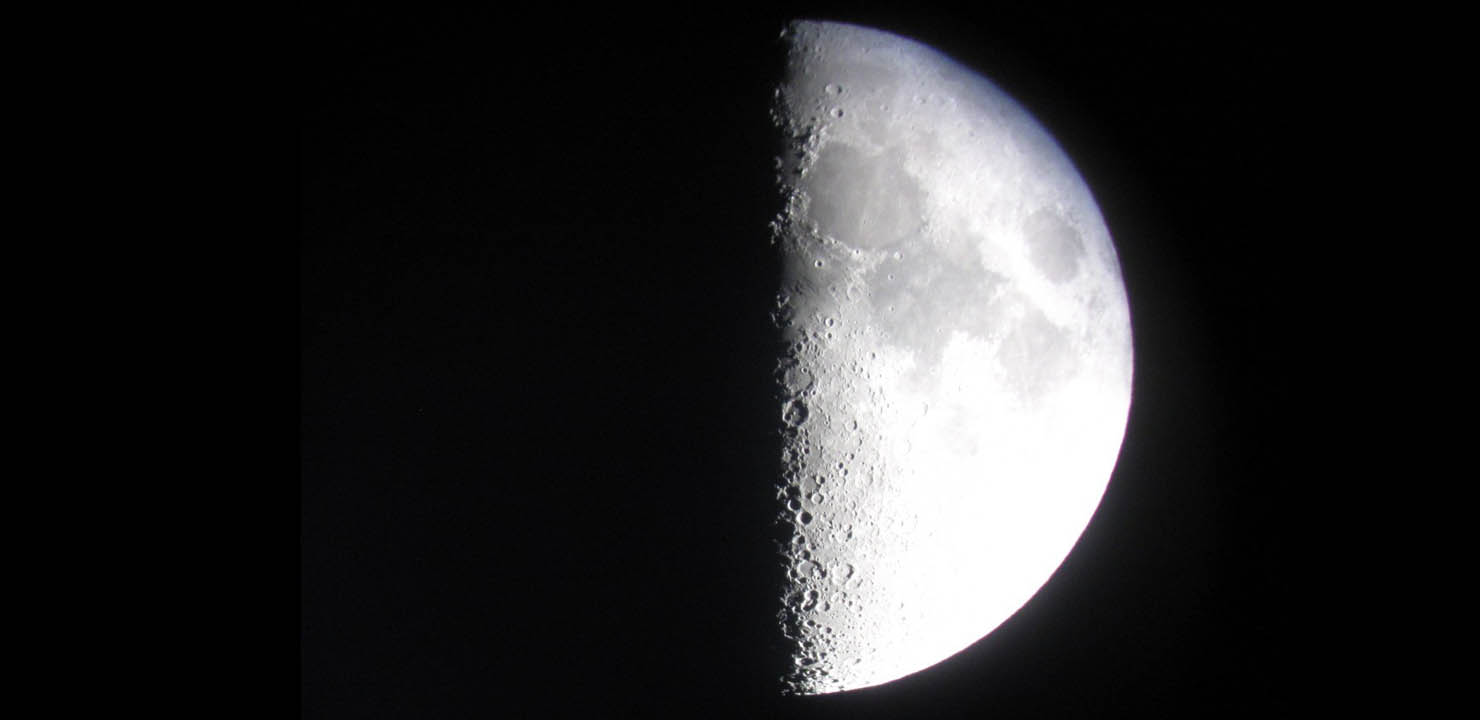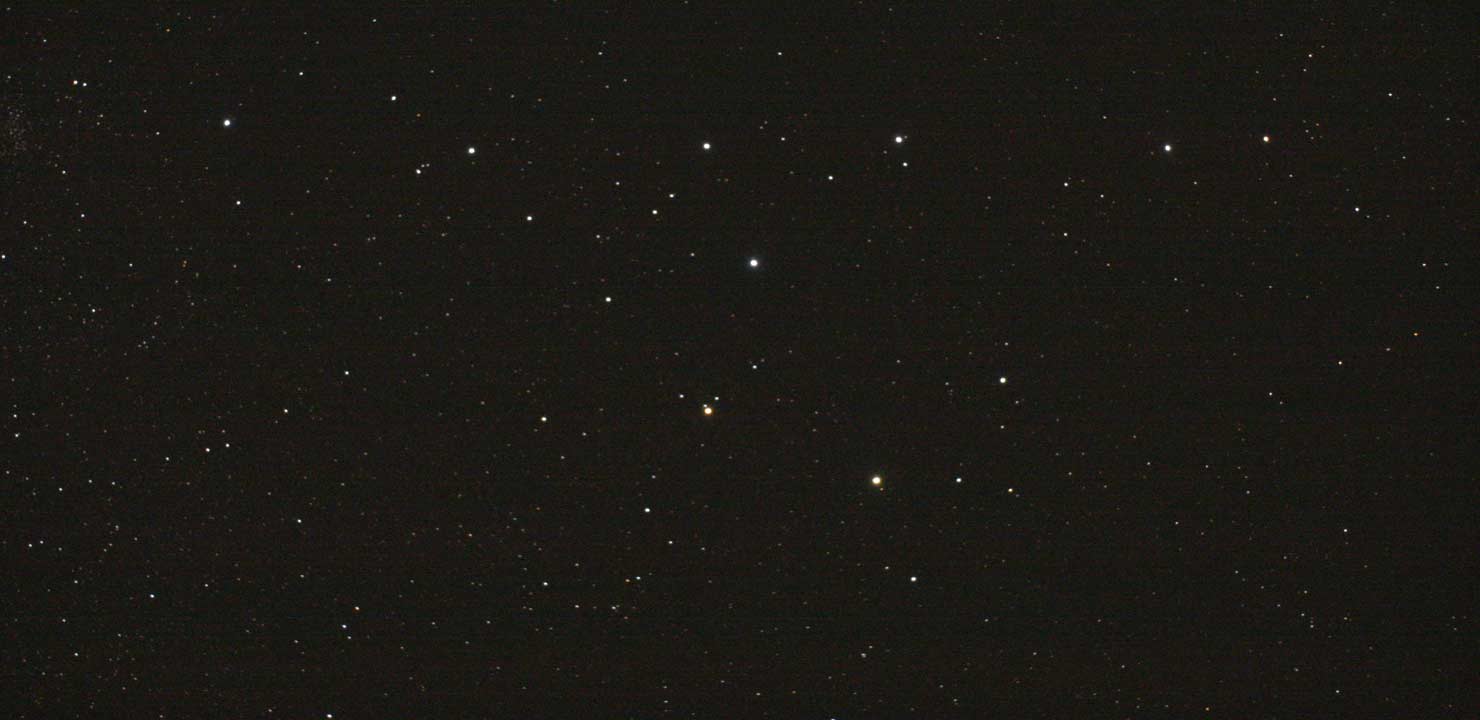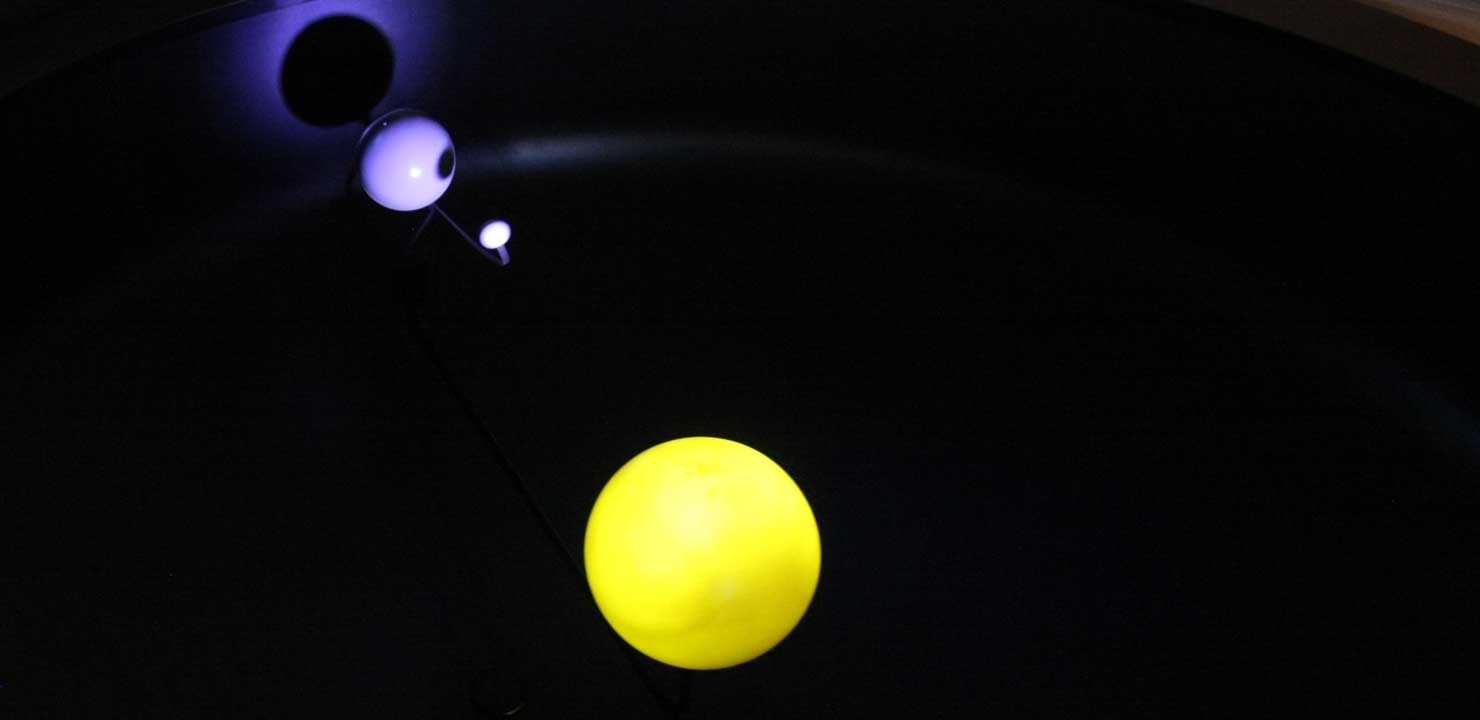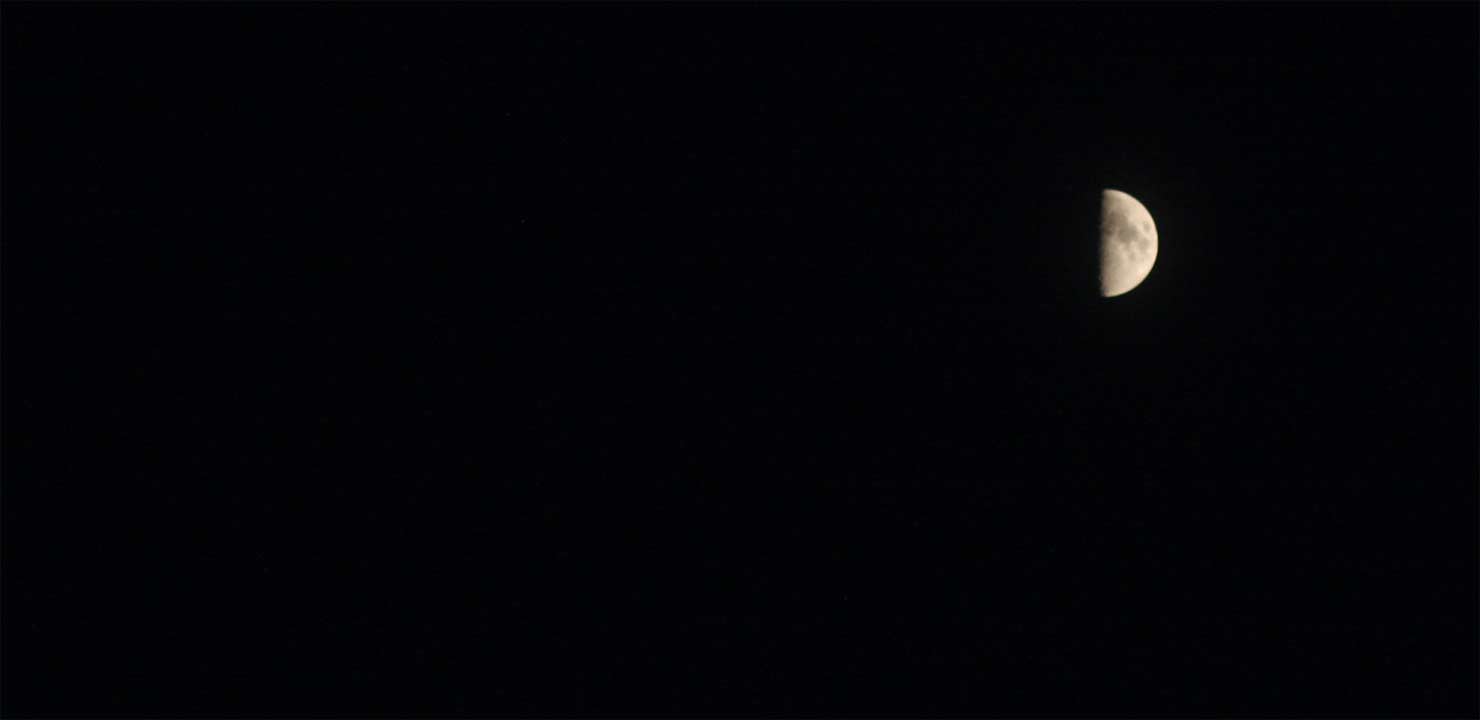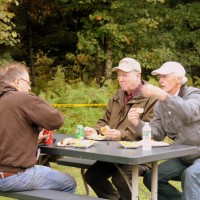One of the initiatives the Board is furthering is a focus on really rewarding meetings for members of all technical levels. Our First Vice President, Bob Horton, is doing an outstanding job of arranging a diverse menu of talks and events to appeal to all interests.
So that you may mark you calendar well in advance, tentative meeting dates have been established for the rest of this fiscal year: October - no meeting, November 2,December 1 - Christmas party, January 4, February 1, March 1, April 5.
All of these are on Friday except for the Christmas party which is traditionally held on Saturday. As always these dates are subject to change as circumstances dictate.
Not all activities are connected with the regular meeting nights. For example, Skyscrapers will be participating in International Observe the Moon Night, September 22, with public observing. This would be a great opportunity for members to bring their own telescopes to the Observatory.It does not require a big instrument to observe the moon.The website for this event is at http://observethemoonnight.org
There is no October meeting because the end of this month sees our annual AstroAssembly at Seagrave Observatory (this event is under the supervision of Second VP Kathy Siok). Amateurs from all over New England will gather on Friday, September 28, and Saturday, September 29, to help us commemorate six decades of AstroAssembly.
The program this year is devoted to Citizen Science and Astronomy. More details may be found at http://www.theskyscrapers.org/astroassembly. Members are encouraged to attend. If you have not been to an AstroAssembly before you have missed a really rewarding experience.
The November meeting is a rare opportunity to hear an objective and unemotional discussion of the potential of global warming. Dr. Brad Marston of Brown University willspeak on The Quantum Mechanics of Global Warming
Quantum mechanics plays a crucial role in determining the Earth’s climate. Richard Feynman’s famous double slit experiment gives us the key to understanding climate. In November’s talk Professor Marston will use this understanding to present a simple physical picture of what will happen to the Earth as the concentrations of greenhouse gases such as carbon dioxide continue to increase.
These are exciting times for Skyscrapers, don’t miss out.
Thanks for all you do for Skyscrapers.
